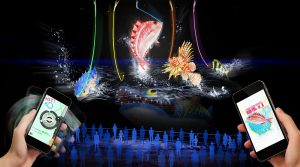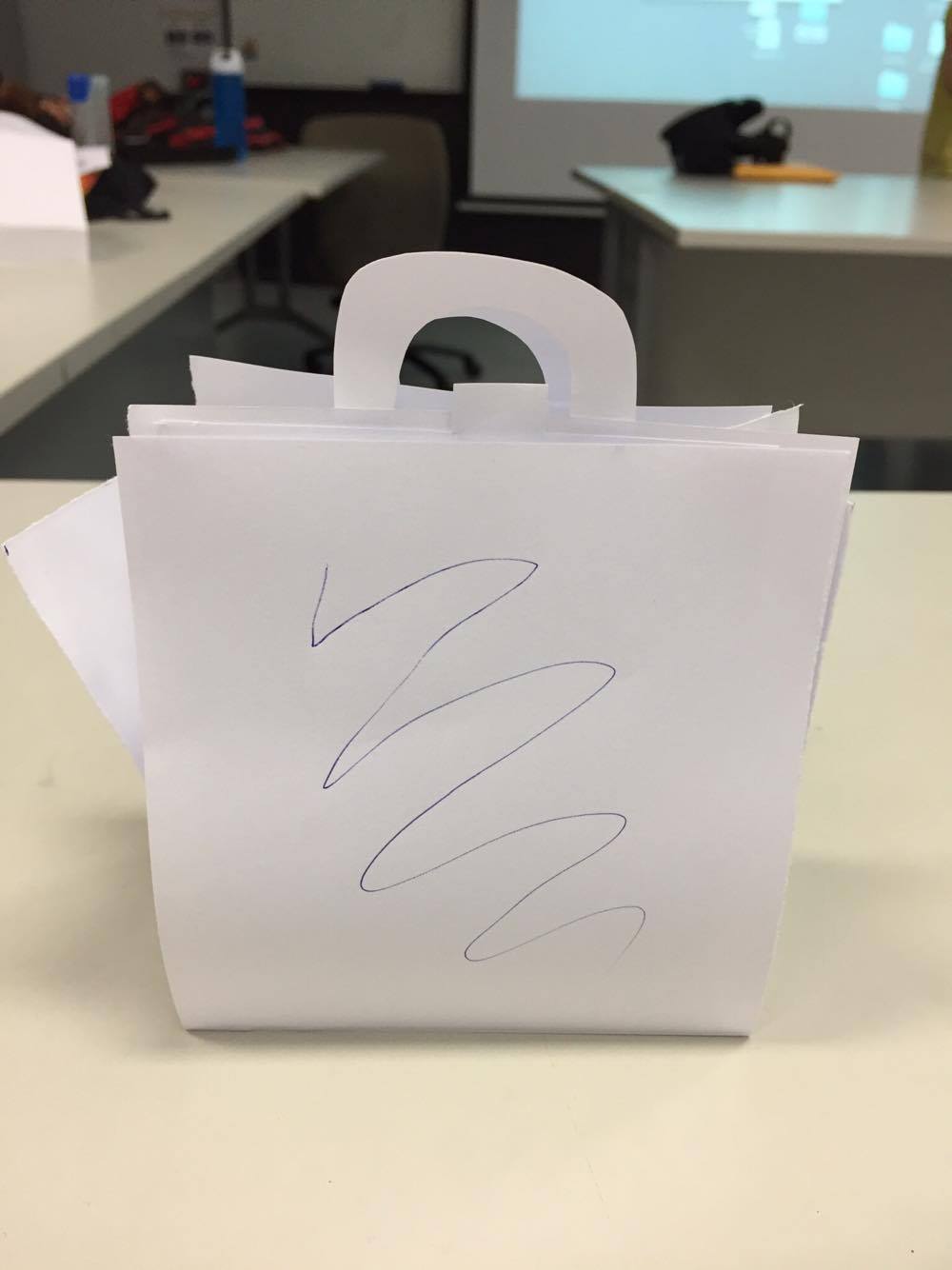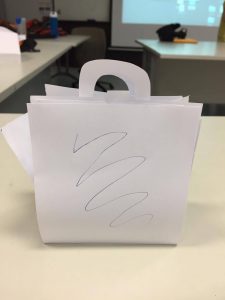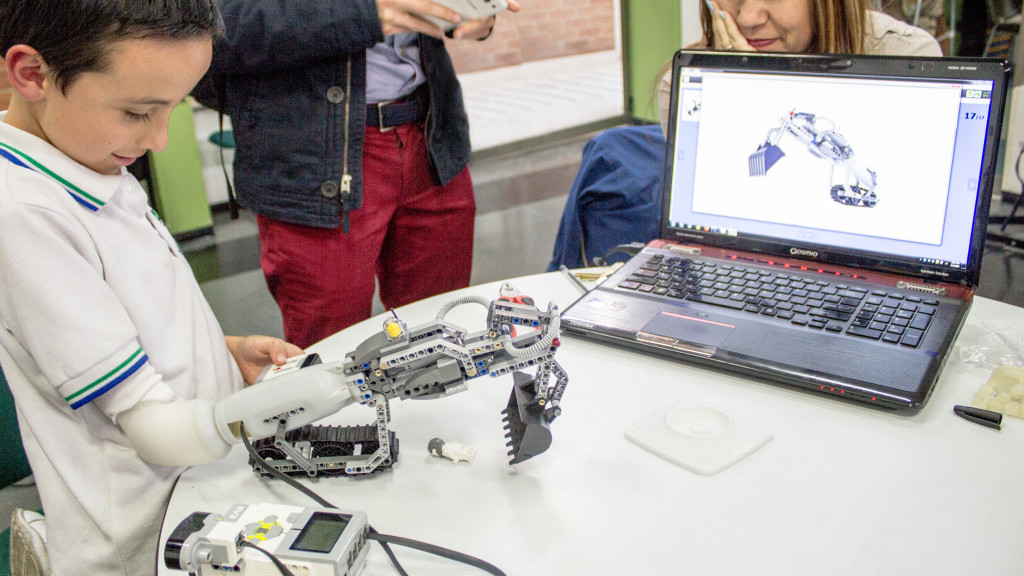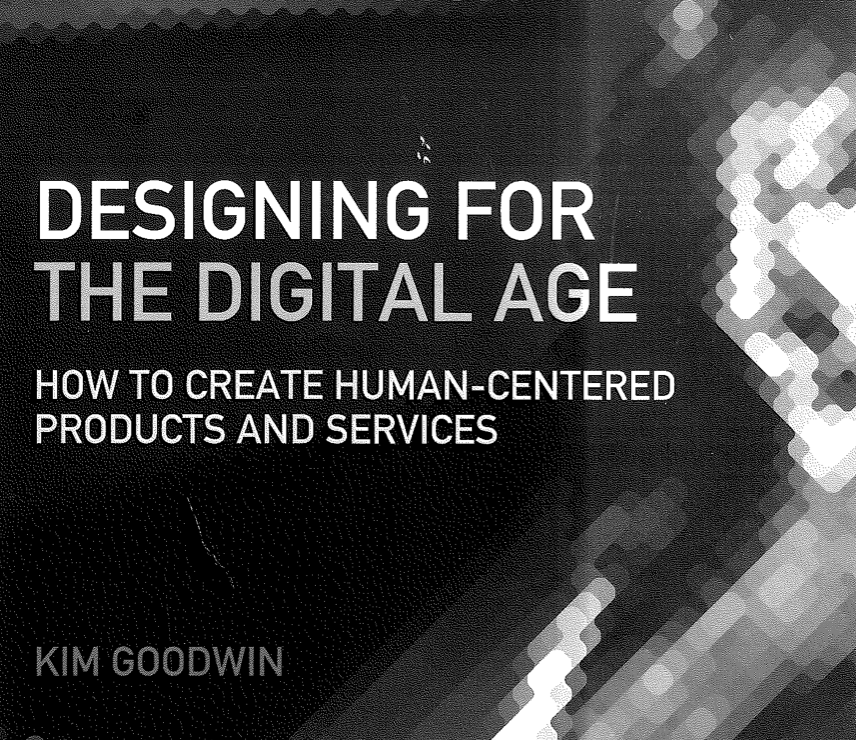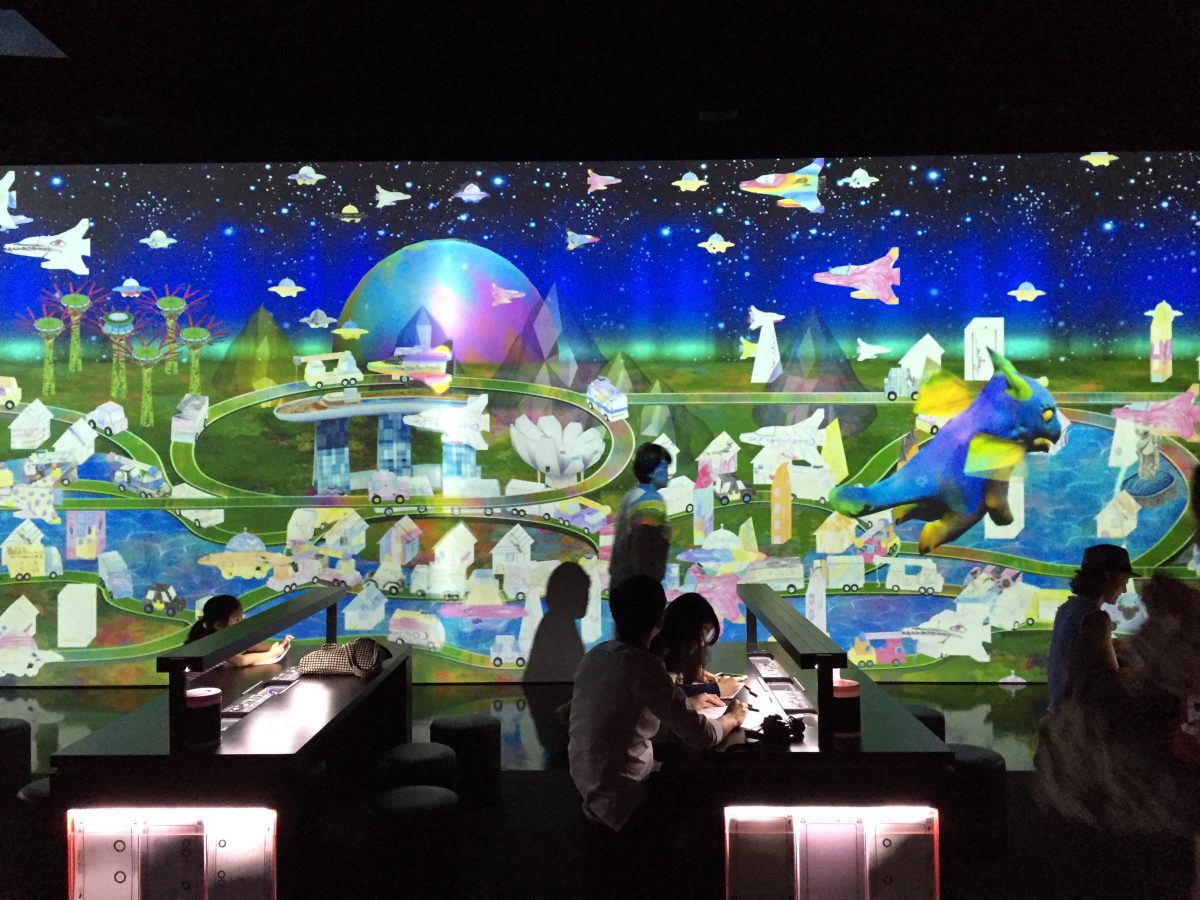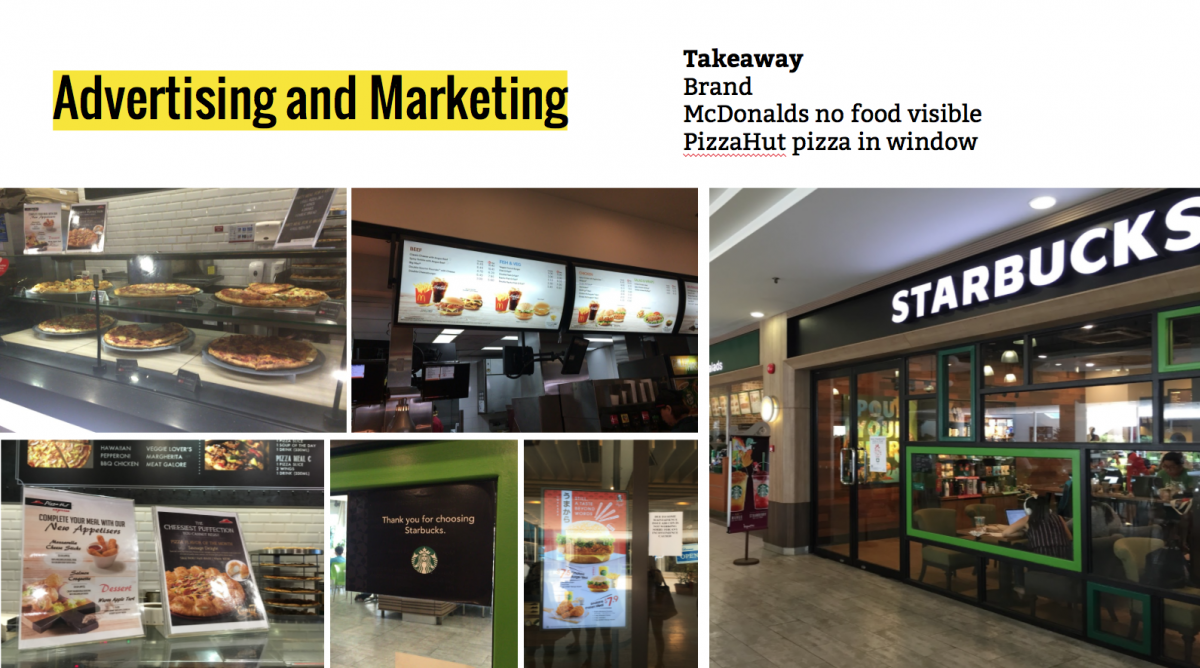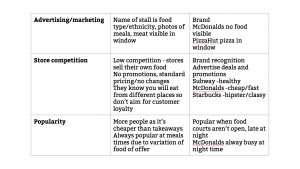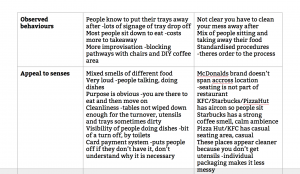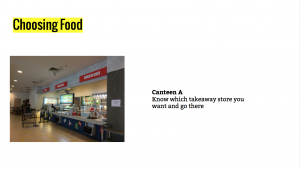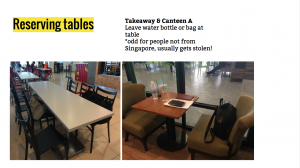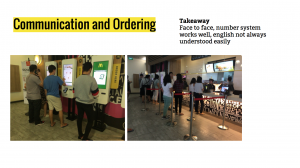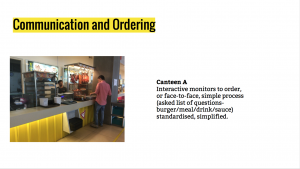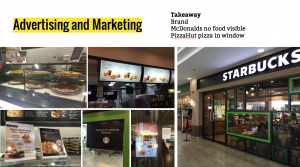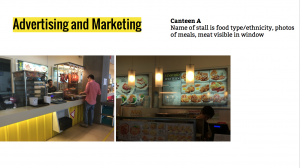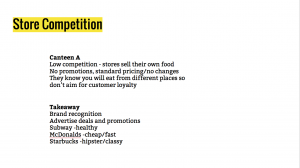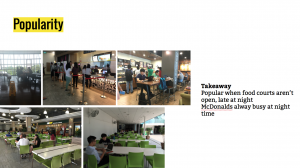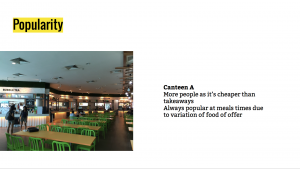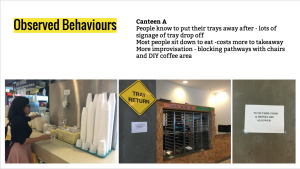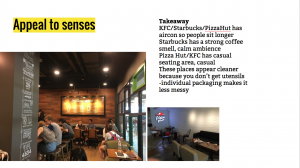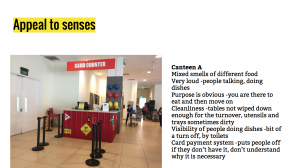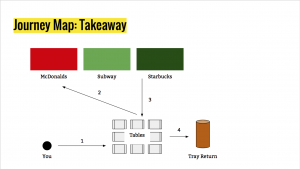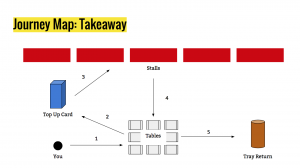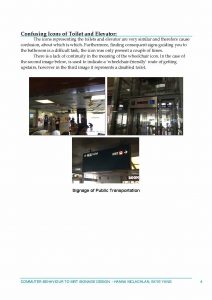Future World: Where Art meets Science exhibition at the ArtScience Museum @MBS.
This was such a cool exhibition! One that was definitely on my list of things to do whilst in Singapore. It was incredible to experience a place with so many interactive exhibits, as a view it really helped me to connect to the space.
We were very fortunate to have someone to show us around as it wasn’t always clear exactly what the artworks could do -but I imagine thats part of the fun exploring.
I think that exhibition showed that experience design has a large focus on the users experience when faced with a product or service. It should induce a response from the user and provide an experience. Future World also highlighted that there are so many kinds of responsive environments. There were exhibits that responded to touch, motion and proximity and they produced different effects.
I believe this has the power to really influence the world around us. We can see how technology is taking over to rapidly and becoming part of everyday life. Things are becoming more responsive and automated which enables us to almost think less and do more. Although Future World is perhaps more aimed at being a children’s playground, it is just as exciting for older people because of this integration of interactive technologies. It is a new technology to everyone and therefore we find it so interesting!
The Future Playground is an example of this as it has integrated technology into children’s toys. Not only do you play with wooden blocks, but moving them around the table then results in a change of animation/projection so it appears the environment is responding to your actions.
Communication appears to be becoming more than just verbal form. The artwork of illuminated colour blocks shows another form of communication -when the blocks match up correctly together then they both light up the same colour, and will change back when moved apart. This form of communication is received visually and immediately.

Nature, the moving illustrations of flowers and butterflies respond to your movement and swarm around areas of shadow/standing, and the butterflies disintegrate if you hit the wall as they fluttered past.
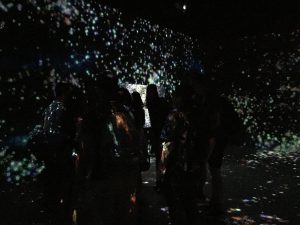
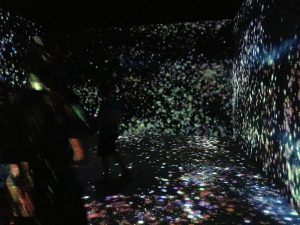
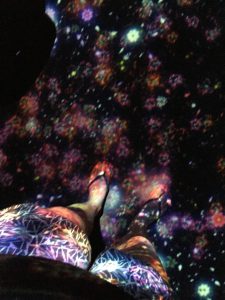
100 Years Sea Animation, showing the effects of global warming.
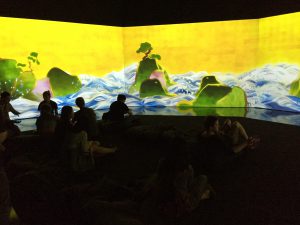
Future Playground, Connecting! Train Block, the animation reacts to the blocks moving location on the table. This action creates new pathways and alters the thriving cityscape for the various trains, planes, boats and cars. 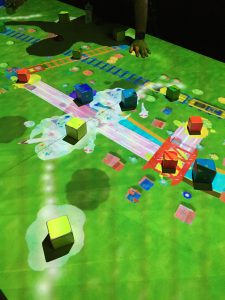
A Table Where Little People Live, characters and projected onto the table that will try to jump over your hands when you place them on the table too.
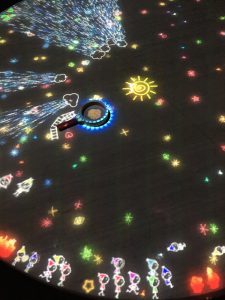
Sketch Town, depicting Singapore city, you are able to colour-in vehicles and buildings and scan them through onto the projection transforming the 2D drawing into a 3D animations.
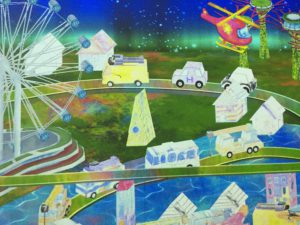
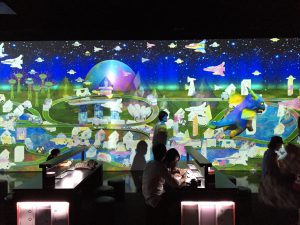
Media Block Chair, stacking blocks together makes them change to the same colour. You can construct furniture, towers and other structures. The boxes communicate as they connect and discontent by changing colours. 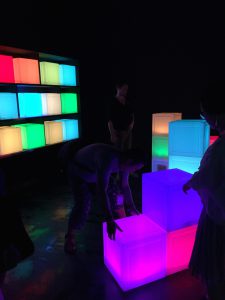
Light Ball Orchestra, touching the balls changes the colour and sound produced from the ones around it.
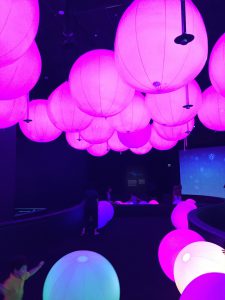
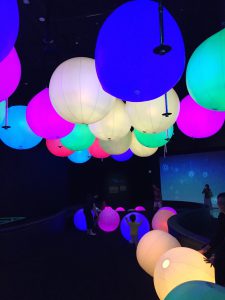 img_9985
img_9985
Create! Hopscotch for Geniuses, your drawings customise the hopscotch with different arrangements of shapes. When you complete the course, the colours stepped on trigger another projection of colour and pattern on the other wall.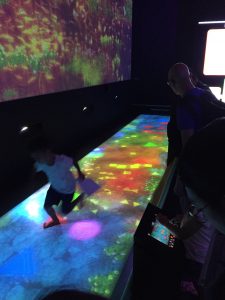
Story of the Time When Gods Were Everywhere, touching hieroglyphic characters makes them transform into natural elements like fire and trees, narrating the story of creation. 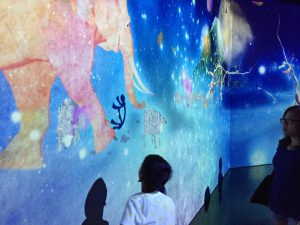
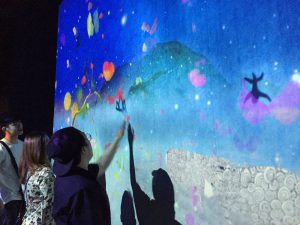
Crystal Universe, more than 170,000 LEDS to create the effect of stars moving in space as well as planets, galaxies and gravitational waves.
img_9992 img_9994 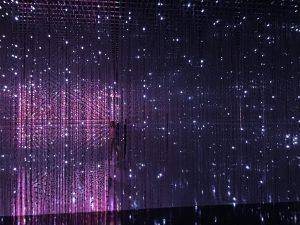
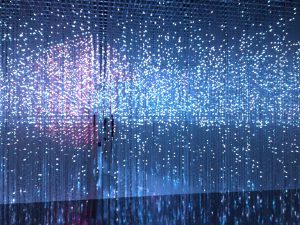
It’s so cool reading about the different projects Teamlab has been involved in. They have aimed to portray the natural world in many of their artworks. They have even recreated the way that the landscape never looks the same by having a continuous rendering of the programme used- instead of an animation or loop. The fact that many of their pieces are interactive shows their understanding that human behaviour (and other environmental factors) all have an impact on the natural world.
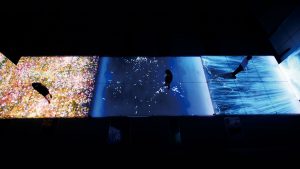
Nature is also a theme in this piece as it emulates the phenomenon of fire through use of bright coloured LEDs and various sounds. It even expresses the continuously changing and transformative quality of fire by not using pre-recorded imagery but constantly programming the spectacle (like the above artwork).
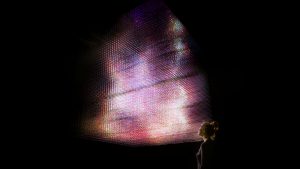
I like how the Crystal Fireworks artwork has incorporated the use of smartphones as the means to activate a response from the LED light exhibit. This grants everyone the ability to interact with the exhibit as phones are a very current and popular form of technology.
It would be so interesting seeing this piece displayed outdoors! The external environmental influencing factors would be very apparent -the best visibility would be at night time and I wonder how it would be affected by wind/rain? At the exhibition however I think most of the amazement came with being surrounded and immersed in the exhibit, we were able to walk through it and experience it visually and audibly.
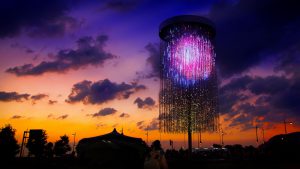
I think that involving the use of smartphone technology will encourage people to get involved in interacting with the exhibit.
